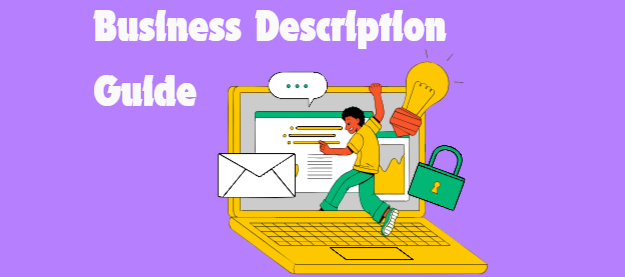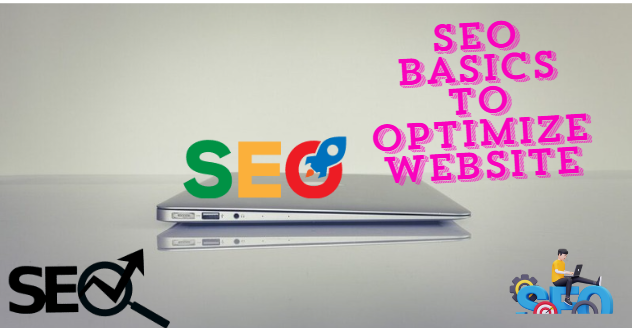
Describing a business brand and product
Describing a compelling business brand and product is essential for effective promotion. Here’s a structured approach to providing all the necessary information for promoters to create impactful campaigns:
Overview of describing a business brand and product
- Give a quick rundown of your company’s name, objective, and core beliefs. Explain the unique qualities and values that your brand represents in the marketplace.
Product Line:
- Give a thorough rundown of your goods or services, emphasizing their salient characteristics, advantages, and distinctive selling propositions (USPs).
- Provide details on any possible upgrades, bundles, or exclusive deals.
Target Audience:

- Explain the demographics, interests, problems, and shopping habits of your target audience.
- Promoters may more successfully focus their messaging and messaging by having a thorough understanding of their audience.
Identification of the Brand:

- Describe the visual identity of your brand, encompassing pictures, colors, typefaces, and logos.
- Establish standards or give illustrations to guarantee branding coherence throughout all marketing collateral.
Brand Voice and Tone:
- Establish the voice and tone of your brand, which should represent its communication style and personality.
- The clarity in tone is important for preserving brand consistency, whether the tone is casual and conversational or formal and authoritative.
Messaging and Brand Values:
- Clearly state your brand’s basic principles and the messaging pillars that serve as a framework for your communications.
- Any taglines, brand narratives, or brand stories that connect with your target market fall under this category.
Distinctive Selling Point (USP):
- Draw attention to the aspects of your goods and services that set them apart from the competition. To stand out in the market, highlight features like quality, innovation, price, or customer service.
Client Testimonials and Case Studies:
- To establish credibility and trust, provide client testimonials, reviews, or case studies. Empirical proof of the benefits that clients have received from your goods or services can be effective marketing collateral.
Goals and Objectives for Promotion:
- Provide a clear description of the promotional campaign’s aims and objectives, including generating leads, boosting sales, raising brand recognition, and promoting a particular product launch or event.
Indicators of performance (KPIs):
- Determine which KPIs and measurements will be utilized to gauge the promotional campaign’s performance.
- Metrics like social media engagement, website traffic, conversion rates, and return on investment may be included in this.
Crafting Promotional Strategies:
- Offer insights into various promotional channels and strategies, including social media advertising, email campaigns, influencer collaborations, and content marketing.
- Customize the approach to align with the target audience and campaign goals effectively.
Brand Identity Support:
- Equip promoters with brand guidelines, logos, graphics, and other essential assets necessary for creating promotional materials.
- Ensure they have access to top-notch visuals and content that accurately reflect your brand’s essence.
Describing your business, brand, and product can contribute to the promotion and empowerment to develop campaigns that deeply resonate with your intended audience and deliver significant outcomes. This collaborative approach cultivates a strong and efficient partnership between your business and the promoters.






